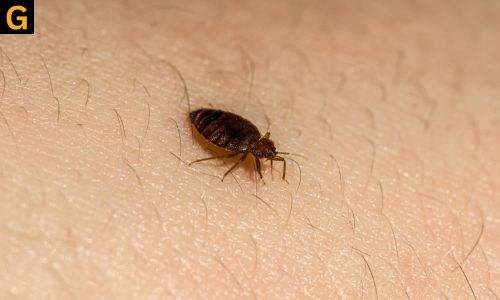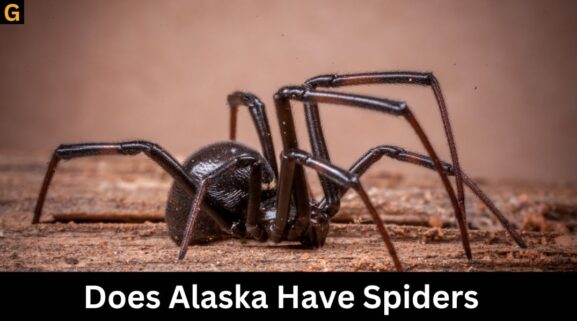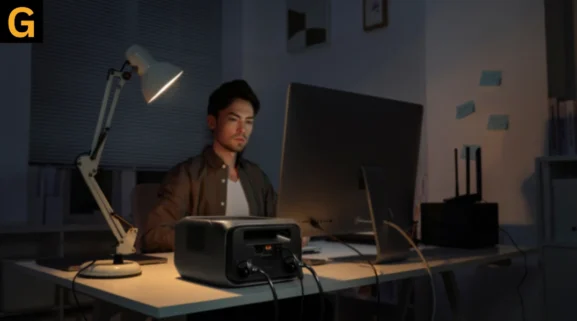Biggest Threat Baby Bed Bug Bites: The Complete Guide
It is very important for the inhabitants of Alaska to understand causes and remedies for bed bug infestations, as this will safeguard young children from being hurt. These cute little nuisances can still bring about the demise of these homes, among such houses which almost entirely have indoor conditions being the lengthy cold seasons, that are ideal for bed bugs to thrive. This paper will provide you with the best-known methods to spot the baby bed bug bites and the most effective drug in the Last Frontier state.
Table of Contents
Understanding Bed Bugs in Alaska
The phenomenon of bed bugs has encroached Alaska amidst its very remote geography in recent years due to the worldwide resurgence of them. Alaska bed bugs are commonly at home in the state, in such urban agglomerations as Anchorage, Fairbanks, and Juneau. These blood-sucking monsters are indoor climate bearers in Alaska like the fluff of the indoors makes the outdoors irrelevant as the house can bear winter warmth all year long regardless of below-zero temperatures.
The type most commonly found is the common bed bug (Cimex lectularius). The color of them is red-brown and they are small, oval, storage wildlife. These bugs, in the adult state, are usually about 4-5mm in length which is very much like the size of an apple seed. The nymphs of a bed bug, the youngest ones, are undetectable and very difficult to locate since they are only 1-3mm in length depending on their age. Nymphs are almost see-through before eating blood and then they turn to a reddish tone. After gorging on blood, they might indeed resemble small moving figures to an naked observer.
Bed Bug Life Cycle and Reproduction
Understanding the bed bug life cycle helps explain why infestations can quickly get out of control. Female bed bugs can lay 1-5 eggs daily and up to 500 eggs in their lifetime. Eggs are tiny (about 1mm) and pearl-white, making them extremely difficult to detect. These eggs hatch in approximately 6-10 days, producing nymphs that immediately begin seeking blood meals.
Before they reach adulthood, baby bed bugs, known as nymphs, need to eat and get rid of their skin a total of five times, and it’s these kids that often directly bite babies, causing very annoying symptoms that can be especially harsh to parents. Usually, the whole cycle of growth from egg to adult lasts from 5 to 6 weeks if everything is perfect but if not, infestations may occur, and they can expand very fast and these Baby bed bug bites also.
Signs of Bed Bug Infestations
Identifying a bed bug infestation early is crucial for effective treatment. Here are the telltale signs to watch for in your Alaskan home:
Physical Evidence
The most obvious sign of bed bugs is spotting the insects themselves, though they are expert hiders. Look for:
- Rusty or reddish stains on bed sheets (crushed bugs)
- Dark spots (excrement) about the size of a period
- Tiny pale yellow eggshells and shed skins
- Live bugs in mattress seams, box springs, bed frames, and cracks in nearby furniture
These signs are often concentrated around sleeping areas but can spread throughout the home as infestations grow.
Bite Patterns
Baby bed bug bites and adult bites share similar characteristics but might be smaller and less pronounced. The bites typically:
- Appear in lines or clusters (often described as “breakfast, lunch, and dinner” patterns)
- Cause red, itchy welts on exposed skin
- May develop into blisters in severe cases
- Often affect the face, neck, arms, and hands—areas exposed during sleep
Many Alaskans mistakenly attribute these bites to mosquitoes, which are abundant during summer months, allowing bed bug infestations to worsen undetected.

Treating Baby Bed Bug Bites and Infestations
When a baby bed bug bites, it is typically necessary to use a two-tiered tactic. The infestation’s habitat and the bites themselves will be treated and made of good quality.
Treating Bites
To treat the bites:
- Wash the bite areas with soap and water to reduce infection risk
- Use the anti-itch cream or calamine lotion after being cooked in a pot with remaining lotion.
- Antihistamines should be taken if the reactions are severe.
- Try not to scratch in order to eliminate the risk of secondary infections
- The physician’s service is what you should use in case of the occurrence of bites being infected or allergic reactions occur.
Eliminating Infestations
Bed bugs killer can be effectively use of chemicals and strategies:
1 Heat Treatment: Professional heat treatments that produce room temperatures of 120-135°F. This high temperature will effectively kill all bed bug life stages without the need for chemicals. This is a novel way to heat that works well in Alaska’s natural heat-deprived environment.
2 Chemical Treatments: Among the approved bed bug killer products by the EPA are:;Pyrethrins and pyrethroids (are the most common insecticides)Desiccants like diatomaceous earth that destroy the bugs’ protective coating Biochemicals like neem oil that offer natural alternatives Growth regulators that prevent nymphs from maturation
- Pyrethrins and pyrethroids (most common insecticides)
- Desiccants like diatomaceous earth that destroy the bugs’ protective coating
- Biochemicals like neem oil that offer natural alternatives
- Growth regulators that prevent nymphs from maturing
3 Combining Methods – Being the most efficient way of professional pest control in Alaska, most companies use integrated pest management, combining heat, chemicals, and mechanical approaches.
Effective Bed Bug Killer Products for Alaskan Homes
There are several options for bed bug killer “treatments in Alaska:
Sprays and Liquid Treatments
Preparation Sprays: A product that contains permethrin or .5%MSWDX5 is one that can be used in both preparation and the bed. These fluids kill bed bugs by sticking to their legs for a week in the case of residual sprays and 24 hours in the case of contact sprays.
- Contact Sprays – All-be-spin formulations with pyrethroids as active ingredients kill bed bugs quickly but none of them have a lasting effect.
- Growth Regulators: Those provoking the growth of (S)-hydroprene are the ones which remove the maturation antagonism in adult bed bug.
Dust Formulations
Exclusively diatomaceous earth and silica gel dusts adapt to work well in the presence of Alaska’s generally low-humid indoor environment. They are applied to the harborage spots. Such spots are wall voids, electrical outlets, and other areas that are not suitable for the liquid sprays.
Mattress Encasements
While not a bed bug killer themselves, quality mattress and box spring encasements trap existing bugs inside (where they eventually die) and prevent new bugs from establishing themselves in your bedding.
Protecting Your Alaskan Home from Bed Bugs
One of the best ways to stop a bed bug infestation is prevention. For example, when you travel, you should check hotel rooms thoroughly and keep luggage higher. At home, you must also practice good housekeeping, such as clearing clutter, vacuuming, and also watch out for second-hand furniture. If you think there might be bed bugs around, don’t hesitate to get experts involved. The sooner they act the better your chances for recovery.
Are you looking for the best bed bug control service in Alaska? Then gogetfix is the ideal choice as it offers professional help to landlords or tenants whose homes are invaded by baby bed bug bites and guarantees them a healthy life environment.



